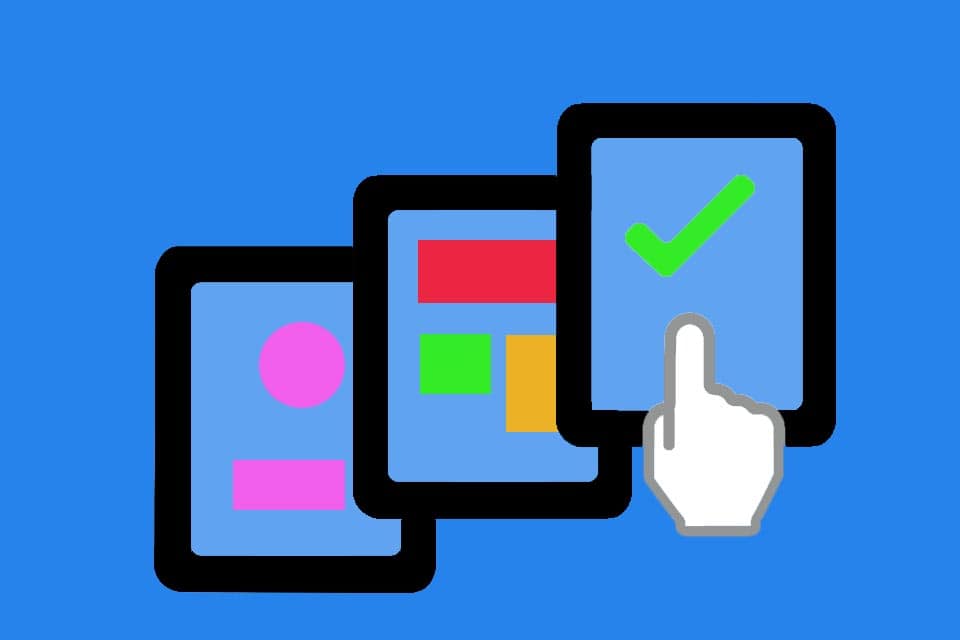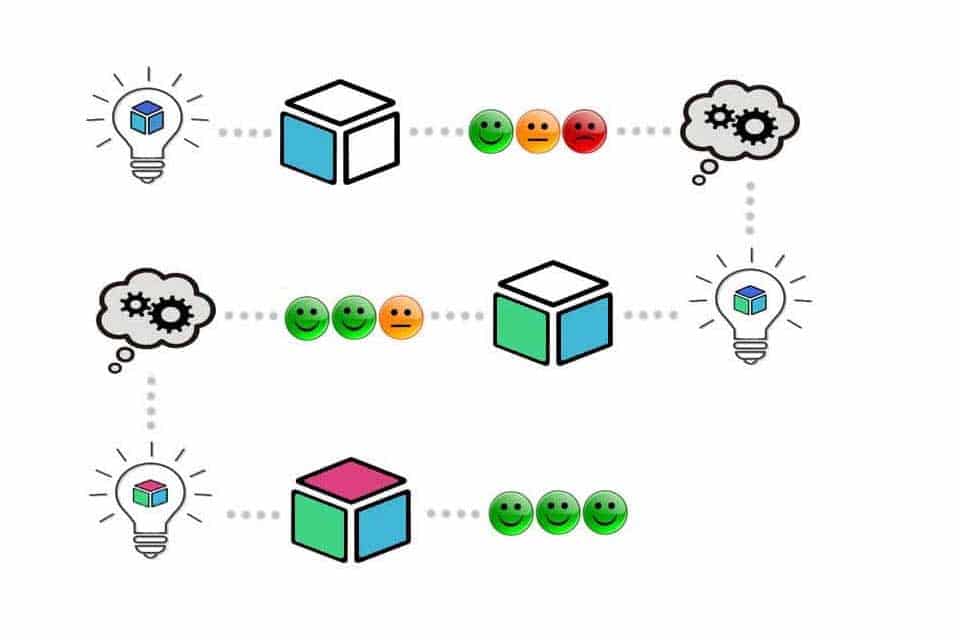What is a Click Dummy?
Smartpedia: A click dummy is a clickable prototype with a very small range of functions, which enables early feedback from users in the conception phase of a web or software development.
Click dummy – test layouts and designs and understand users better
The saying “A picture is worth a thousand words” expresses that facts are (often) easier to represent with pictures than (exclusively) with language. The click dummy behaves similarly. It is a clickable prototype that enables early feedback from users in the course of web or software development – e.g. when designing websites or programming web applications. The click dummy is a tool for displaying software or web interfaces, or for demonstrating workflows and use cases.
- to test different layouts and designs,
- to check the expectations of the users,
- to react to the behaviour of the users,
- and to develop websites, web applications or apps agile.
Click prototype is an alternative term; wireframe is often used synonymously, although there are differences between a click dummy and a wireframe. Sometimes the click dummy is also called an evolutionary prototype.
Advantages of click dummies
“As a customer of my bank, I would like to use a modern, easy-to-use interface at the ATMs so that I can not only withdraw money, but also change my PIN number and address, for example. I would also like to be able to adjust the frequency of account statements sent by post at the ATMs”. This could be a request from a bank customer. And now? What exactly does the customer mean? What is “modern” for him, what does “easy to use” mean? Does he want to reach every function with a click or would he also navigate to the points via menu? And if menu, where and how should it be arranged and structured?
There can be a lot of room for interpretation in a seemingly simple requirement. With a click dummy you can
- integrate customers, users or principals already during the conception phase.
- reduce uncertainties and ambiguities iteratively and understand requirements and wishes better.
- focus on the user experience at an early stage and thus make lasting improvements.
- avoid costs that would be incurred by a premature implementation.
In connection with the use of a click dummy, it is a good option to consider tasks for the users in advance (“First, please withdraw 100 Euro, then please change your PIN number.”). During the application, observation techniques such as field observation and contextual inquiry, or survey techniques can be used. In recent years, interactive formats such as the Usability Test Lunch, where prototypes, websites or apps are tested for usability while enjoying pizza, beer or soda, have also become increasingly popular.
Challenges with the use of click dummies
What are the challenges of using click dummies?
- Suitable tools have to be found to create them as easily as possible and to adapt them in dialogue with the users.
- A moderator is needed, especially if there are contradictory statements of different users.
- And of course, it should be clear to the participants or users in advance what is expected of them and how long it will take.
But the biggest challenge is another one! It lies in the lack of understanding of the customers, users or clients. At best, a click prototype can at best call up a URL or another view in an application with a single click. It may give the impression that the application can already do a lot, but that is not the case. Appearances are deceptive. And it should be deceptive, because the user should get a “serious” impression of the planned solution. But the solution is only planned, it is not realised. None of this has been realised.
The click dummy serves to clarify the order, it is an aid during the conception. People who do not internalise this quickly run the risk of underestimating the time needed for implementation. In addition, users often postulate performance expectations because they believe, for example, that the execution of a function will be just as fast as when using the click prototype. However, this is often not realistic.
Clear communication is therefore important in the run-up to the application. Failure to do so will either disappoint the expectations of customers, users or principals or increase the pressure on developers to implement a high-performance solution in a very short time. Presumably both will happen.
Notes:
Here you will find additional information from our Smartpedia section:



